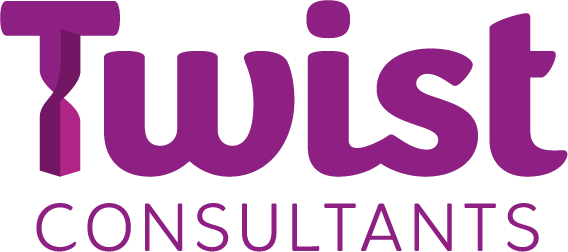When you’re embarking on any major change, these top 10 tips can help set the right communications approach. It’s always tricky to know where to start, but these will help you get the right results you’re after from your communications – engaged, informed teams, understanding what the change means for them.
1. Understand your audience.
Who are your stakeholders? Where do they sit in your organisation or in your customer world? What do they think about the change? How are you going to engage with them and what do they need to know? If you don’t know any of this you will be communicating ‘blind’.
2. Put yourselves in the shoes of your audience.
Whether it’s a customer or an employee who is going to be affected by the change, think about the situation from their perspective. What are their concerns? What do they want and need to know to make the change? What are they hearing?
3. Listening is the most important skill.
Before you start talking, listen hard to find out what is important to those impacted by the change. Listen and learn.
4. Communication is all about transmit AND receive.
It’s not all about telling. Encourage feedback, learn from it and tweak your communications in response to it. This keeps it relevant for your audience and helps you to look out for other issues that may arise.
5. Be relevant and consistent.
Each group affected by the change will have different needs and concerns. Make sure you tailor your messages for each group. Communicate with them appropriately – use tools and techniques they will pay attention to (so is email appropriate or would a noticeboard have more impact?). Keep communicating regularly at appropriate intervals.
6. Test the temperature regularly.
Conduct research at the beginning of the communications process and keep testing it through the process. How does each set of stakeholders feel know about the change? How does this change? What is working? Where are the gaps?
7. Work around the rumour mill.
If you don’t communicate or wait until you have all the facts, people will instinctively create their own version of reality. Getting the balance right between under and over-communicating to stem the rumour mill is essential. Over-communicating generally leads to communication fatigue, sometimes early on in a programme. Under-communicate and people make it up. Get the balance right and the gaps are filled with the right messages.
8. A one size fits all approach won’t work.
There are a multitude of tools and techniques in communications that can be applied to any situation. We often find that a ‘one size fits all’ approach, with these tools doesn’t always work in every environment. Talk with your teams and your consultants and make sure that the tools you are using are the right ones for your business and will help you to meet your objectives.
9. Use ‘air traffic control’.
A term used in the communications world and borrowed from aviation, this means being aware of how, when and what messages are being communicated. If you don’t have an overview of your ‘air traffic’, you will quickly lose consistency of message along with your understanding of your stakeholder communications.
10. An independent view really helps.
Consider how to get an independent view on your change project or programme. Often in organisations, teams are too close to either the objectives of the change or the people involved in it. Use advisors or people outside your programme to help you to step back and understand what’s working as well as helping you to understand what your audience is thinking.
People usually don’t know where to start when they’re thinking about change - there’s a lot to think about. But get over the barriers by thinking about your people - what will they want and need to know? It’s always a great first step.
If an independent view would be useful to help you get off the blocks, get in touch

